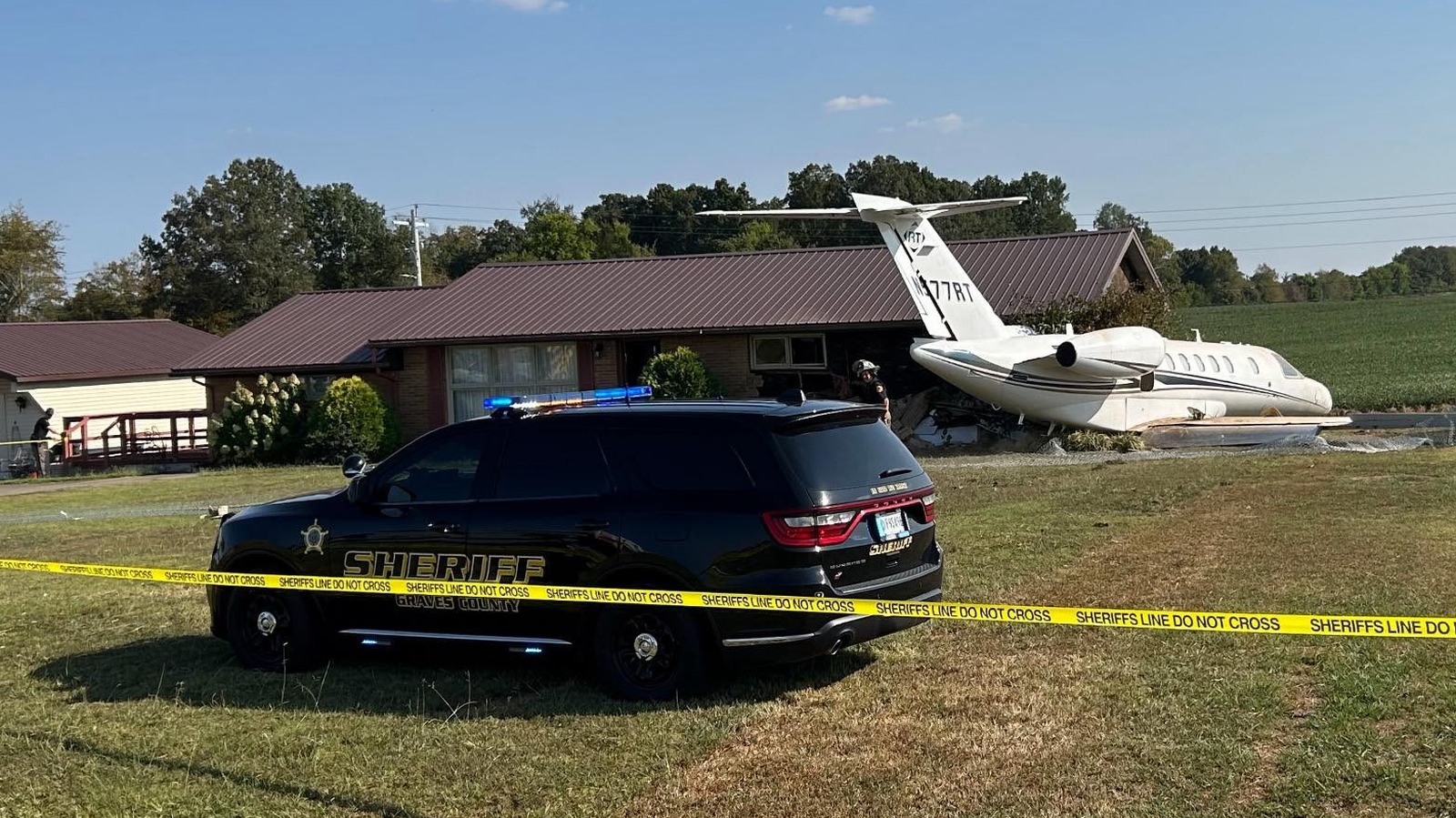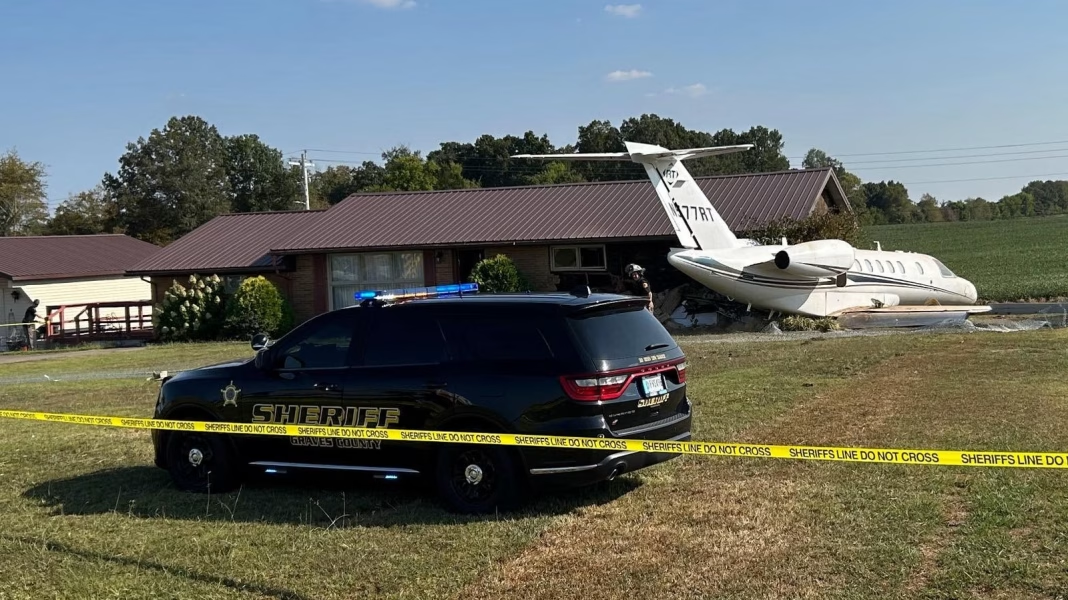What Actually Happens When a Plane Crashes Into a House?
Imagine you’re sitting at home, maybe sipping coffee or scrolling through your phone, when suddenly the unthinkable happens—a plane crashes into your house. For one Kentucky resident, this was no hypothetical. A private jet veered off course and slammed into the side of her home, leaving a gaping hole and a story that’s hard to top at any dinner party. But what really happens in those first moments, and how do people respond?
How Did the Homeowner React in the Immediate Aftermath?
Shock. Disbelief. Maybe a little bit of panic. That’s the cocktail of emotions most people would feel if a plane suddenly became their houseguest. According to local reports and interviews with emergency responders, the Kentucky homeowner was, miraculously, unharmed. She was in another part of the house at the time—pure luck, really. First responders say that in situations like this, the initial priority is always to check for injuries and get everyone to safety. The homeowner’s quick thinking—calling 911, evacuating the house, and staying calm—made a huge difference in how smoothly things went.
Are Plane-Into-House Crashes Really That Rare?
You might be surprised to learn that while it’s not exactly common, incidents like this do happen from time to time. The Federal Aviation Administration (FAA) tracks dozens of small aircraft accidents each year that involve residential areas. Most of these involve private planes or small jets, not commercial airliners. According to the National Transportation Safety Board (NTSB), there were over 1,200 general aviation accidents in the U.S. in 2022, with a small percentage involving buildings. The odds are still astronomically low, but for the unlucky few, it’s a life-changing event.
What Causes Planes to Crash Into Homes?
It’s rarely just one thing. Pilot error, mechanical failure, bad weather, or even issues during takeoff and landing can all play a role. In the Kentucky case, early reports suggest the jet may have skidded off the runway during landing, lost control, and ended up crashing into the house. Aviation experts point out that airports located close to residential neighborhoods increase the risk, especially if there are obstacles or tricky weather patterns. The NTSB typically investigates these incidents thoroughly, looking at everything from maintenance logs to air traffic control communications.
How Do Emergency Services Handle These Crashes?
Firefighters, police, and medical teams train for all sorts of emergencies, but a plane embedded in a house is a special kind of challenge. The first step is always to secure the area—fuel leaks and fire risk are top concerns. In many cases, responders use thermal imaging cameras to check for hidden fires or people trapped in debris. Local fire chiefs say coordination is key: you’ve got to juggle aviation authorities, utility companies, and sometimes even hazardous materials teams. In Kentucky, responders praised the homeowner for staying calm and following their instructions, which helped prevent further injuries.
What About Insurance—Who Pays for the Damage?
Here’s where things get tricky. Most standard homeowners’ insurance policies do cover damage from falling aircraft, including debris or crashes. However, the process can be complicated, especially when it comes to sorting out liability. The aircraft owner’s insurance usually comes into play as well, and sometimes there’s a lengthy investigation to determine who’s ultimately responsible. Insurance experts recommend documenting everything—photos, videos, written statements—and contacting your agent immediately if something this bizarre happens to you. The Kentucky homeowner, for instance, was able to start her claim process within hours thanks to quick documentation and communication.
How Do People Cope With the Aftermath—Physically and Emotionally?
The physical damage is obvious: shattered walls, broken furniture, maybe even structural repairs that take months. But the emotional toll can be just as significant. Psychologists who specialize in trauma say it’s common for people to experience anxiety, nightmares, or even post-traumatic stress after such a shocking event. Community support, counseling, and staying connected with friends and family can make a big difference. In some cases, neighbors rally together, offering meals, a place to stay, or just a sympathetic ear. The Kentucky resident reportedly received an outpouring of support from her community, which helped her process the shock and start rebuilding.
Could This Happen to Anyone, or Are Certain Homes at Higher Risk?
If you live near an airport—especially a smaller regional one—the risk is higher, though still very low overall. Urban planners and aviation authorities work together to minimize these risks, but sometimes geography and history mean homes are closer to flight paths than anyone would like. If you’re concerned, you can check local zoning maps and FAA data to see how close you are to active runways. Some homeowners even invest in extra insurance coverage or take steps to reinforce parts of their homes, though most experts agree that the odds of a plane crash are still far lower than, say, a kitchen fire or a car accident.
What Can We Learn From This Kentucky Incident?
The big takeaway? Surviving something as wild as a plane crashing into your house isn’t about perfection—it’s about smarter adjustments. Stay calm, follow emergency instructions, and make sure your insurance is up to date. Start with one change this week—maybe check your emergency contacts or review your home policy—and you’ll likely spot the difference by month’s end. Life throws curveballs, but a little preparation can turn a disaster story into one of resilience and recovery.


